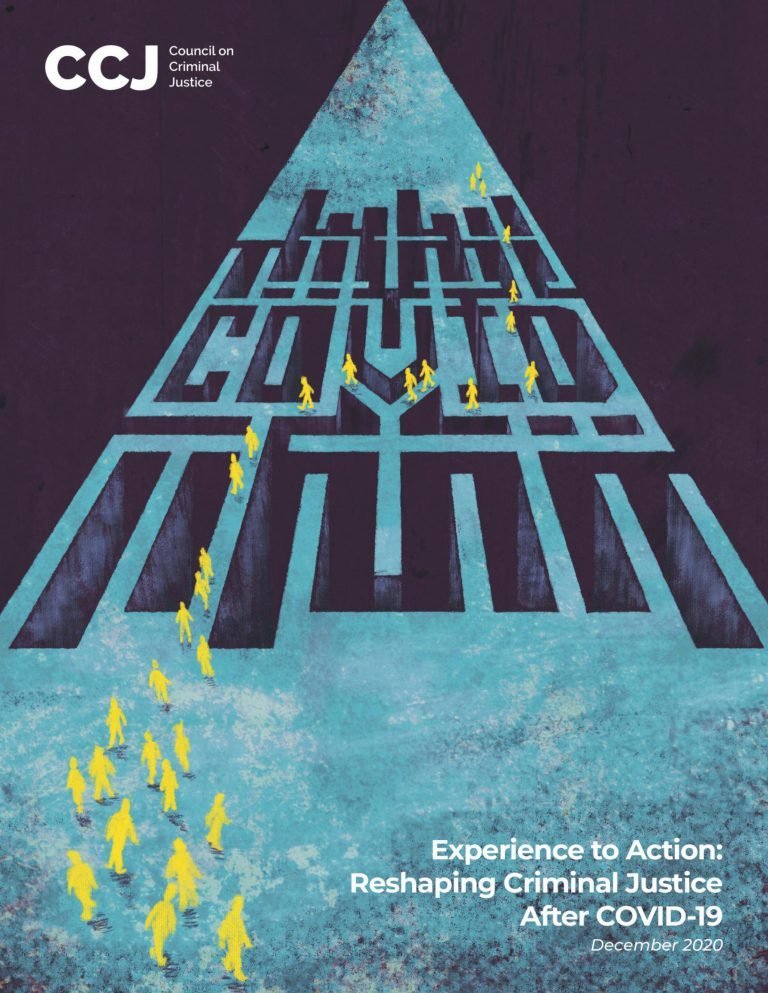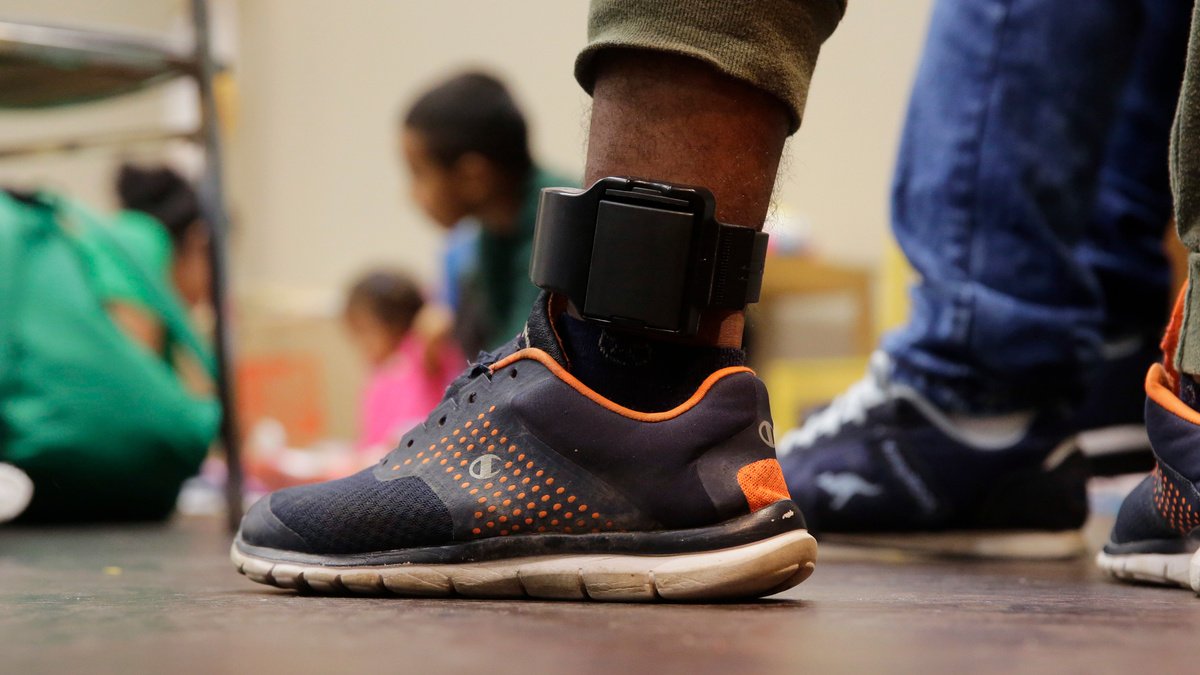By Malore Dusenbery, Joshua Fording, and Jennifer Yahner with Jeanette Hussemann and Robbie Dembo
Victims of crime can experience serious harm and face significant costs with long-term implications for their economic security and safety. From 2022 to 2024, the Urban Institute and NORC at the University of Chicago conducted a National Study of Victim Compensation Program Trends, Challenges, and Successes, which included evaluations of four state crime victim compensation programs. This brief summarizes our evaluation of Delaware’s victim compensation program to understand its utilization and professionals’ and victim claimants’ perspectives on its ability to meet victims’ needs. We conclude that the Delaware compensation program is well-respected by and connected to providers in the community and provides valuable benefits to victims in a mostly efficient, effective, and responsive way. Program staff and assistance providers noted great improvement in the program’s functioning since it switched from oversight by a board to the current structure that standardizes decision-making by investigative staff. Being located in the state’s Department of Justice allows for efficiency with legal system agencies, though it may increase distrust among some communities. The compensation program recently enacted several major changes to improve its comprehensiveness, efficiency, and accessibility; these included introducing an online application and portal, removing the statutory cap on the number of program staff, and changing the contributory conduct policy. While we saw some effects of these changes in the data, we encourage the program to identify the effects of these changes through ongoing assessment (particularly effects on racial disparities for Black and Hispanic claimants) and to find new areas for improvement. Many disparities in the data related to race and gender are attributable to differences in the crimes experienced and reported by different racial and gender groups, which receive different amounts of compensation. Future research could dive deeper into these findings to better understand these patterns. The professionals interviewed also suggested that further legislative changes be made to law enforcement cooperation requirements to more consistently address differences in denial rates for groups with greater distrust of the legal system. Professionals in the compensation program and providers in the community offered recommendations for improving Delaware’s victim compensation program regarding victim awareness and accessibility, program staffing, compensation coverage, and program funding. A number of additional recommendations focused on policy changes to the compensation program’s coverage. In general, compensation staff and assistance providers we interviewed would like to increase many of the amounts covered in response to rising costs. They would also like to see the program include other costs and crimes, such as mental health benefits for witnesses of homicide or mass casualty events, more coverage for attorneys’ fees and damaged or stolen goods, or mental health care for past trauma triggered by the covered crime. Many of these findings and recommendations align with those emerging nationally in conversations about how to improve victim compensation programs. We are grateful that programs such as Delaware’s remain open to evaluation and eager to understand how to continue expanding and improving their accessibility, responsiveness, and compensation coverage to provide meaningful benefits to victims in need.
Washington, DC: Urban Institute, 2024. 23p.





